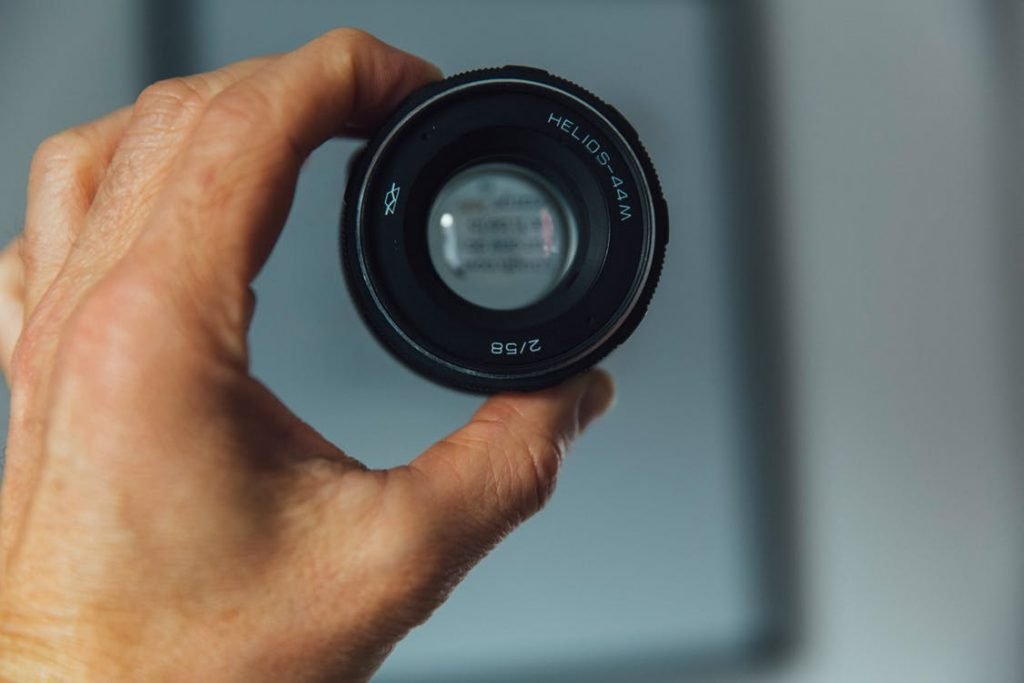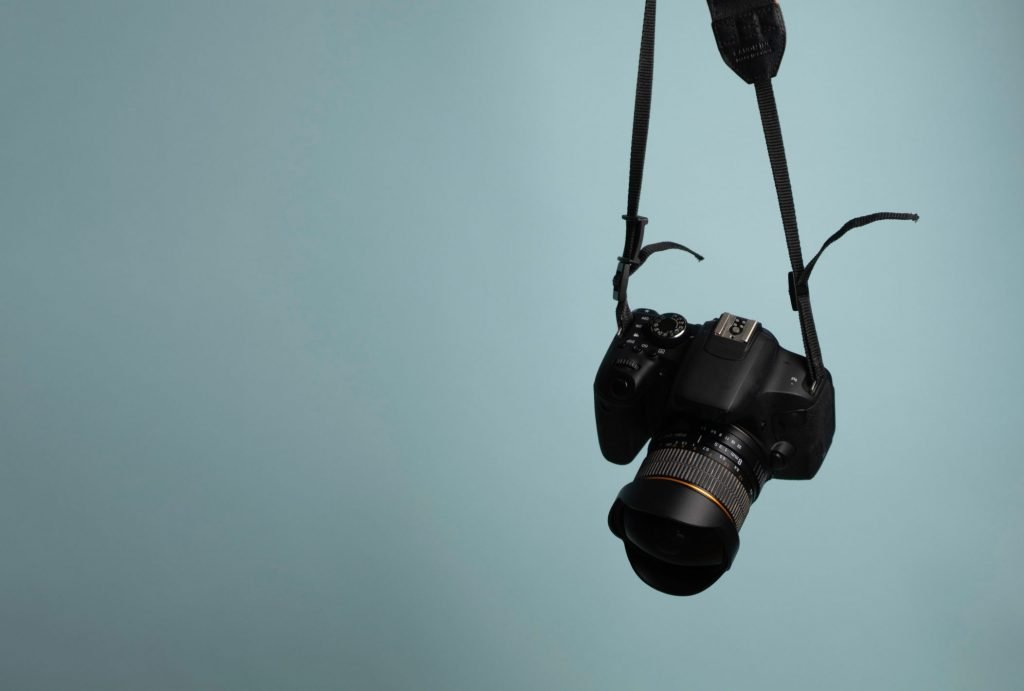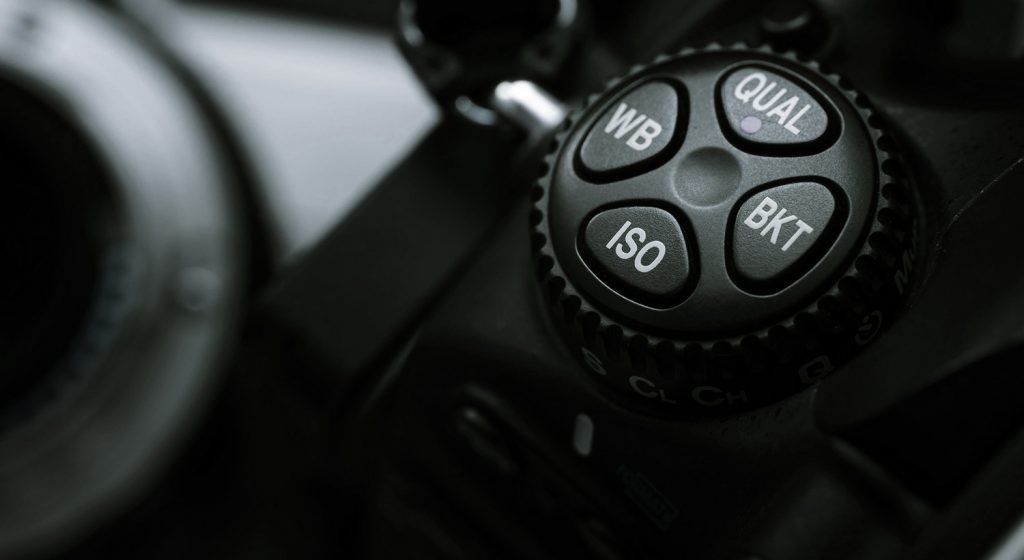People love the images clicked from DSLR because it makes the subject look sharp by blurring out the background. But actually, the camera is not responsible for this. The aperture of the lens is responsible for this. An aperture in photography is one of the important factors of photography.
The other two are shutter speed and ISO. I have also written my previous article on shutter speed. If you didn’t read that article, click here.
So, in this article, I am going to explain to you what is an aperture in photography.
What is an aperture in photography
Aperture refers to the opening of a lens’s diaphragm with which light passes. The lower f/stops offer even more exposure due to the fact that they stand for the bigger aperture. While the higher f/stops offer much less exposure since they stand for smaller sized apertures.
The cornea in our eyes is the same as the front aspect of a lens. It collects all outside light after that flexes it as well as passes it to the iris. The pupil is exactly what we refer to as aperture in digital photography.
Size of Aperture: Small vs large Aperture

The opening of the lens that manages the size of the aperture is called “diaphragm” in optics. The f-numbers that are recognized as “f-stops” are a means of defining the size of the aperture, or exactly how open or shut the aperture is.
A lower f-stop implies a bigger aperture, while a higher f-stop indicates a smaller sized aperture.
What is a depth of field and how aperture affects it?
Depth of field is specified as the area in front and behind the subject in your image which is in focus. Simply, how sharp or blurry the area is, behind and in front of your subject.
The size of the aperture has a straight influence on Depth of field in an image, which is the area of the photo that shows up sharp.
A large f-number such as f/22 will certainly bring all foreground as well as background items in focus, and a small f-number such as f/1.8 will certainly separate the subject from the background by making the subject sharp and the background blurred.
Below is the example of photos taken with different f numbers.

Lens aperture
If you look at your lens specification, it is mentioned what is the optimum (smallest f-number) and also minimal apertures (highest f-number) of your lens.
A lens that has an aperture of f/1.2 or f/1.4 as the optimum aperture is thought about to be a fast lens since it could pass through much more light compared to, a lens with an optimum aperture of f/5.6.

The minimal aperture is not that crucial due to the fact that mostly all lenses could give at the very least f/16 as the minimum aperture, which is usually sufficient for daily photography demands.
There are two types of lenses available in the market- zoom lens and prime lens.
The prime lenses have fixed focal length and wide aperture. On the other hand, due to the intricacy of the optical layout for zoom lenses, several of the consumer lenses have variable apertures.
For example, in 18-55 mm lens, when you zoomed totally out at 18mm, the lens has an aperture of f/3.5, while when you totally zoomed in at 55mm, the lens has an aperture of f/5.6.
While the professional zoom lenses generally have fixed apertures like Nikon 70-200mm f/2.8 lens has the very same optimum aperture of f/2.8 at all focal lengths from 70mm to 200mm.
Picking the best Aperture
For portrait, selecting a big aperture (lower f/stop, like f1.8) develops really superficial depth of field with just the subject, or simply a part of the subject, in focus. This assists to attain the customer’s focus on the subject.
In landscape pictures, we generally wish to view as much detail from the foreground to background. We wish to attain the optimum depth of field by picking a small aperture (higher f/stop, like f/11 or f/14).
Understanding aperture is a great way to improve photography skills. To understand it more, you need to click photos with different f stops and see the difference between low f stops and high f stops.



